
Henry G. Schmidt, aka “Hank,” had been faithfully writing his Arches National Monument “monthly reports” to the Southwest Monuments division of the National Park Service since his arrival in 1939. But after three years in one of the hottest and driest units in the country, Hank was ready for a move. He must have dreamed of cooler weather and tall pines because he applied for and was accepted To Kings Canyon National Monument and it’s my guess, as he penned this last report in late June, 1942, he was already packing. He notes below that “the local weather station has reported temperatures of 104, 105, and 106 degrees on several days, and with the high winds prevailing, this heat mixed with clouds of hot sand at times, has made it pretty rough.
He spent much of his time fighting sand dunes that tended to cross and close the monument’s entrance road. Sometimes he couldn’t keep up and tourists managed to get themselves stuck. Visitation itself had plummeted; the country was now in a world war, or “due to present world conditions,” as Hank put it; few Americans had time to take a vacation. Among the 286 who made their way into the monument, was Lewis T. “Mac” McKinney. He was obviously there to se what he was getting himself into. In a couple months Mac would take over from Hank as the new Arches custodian.
Hank did indeed get is transfer to Kings Canyon in the High Sierras. He had a successful career in the Park Service, including stints as superintendent at Glacier Bay NP in Alaska and at Sequoia National Park. (The Zephyr would love to learn more about Hank’s career—if you have some information, send me an email…JS)

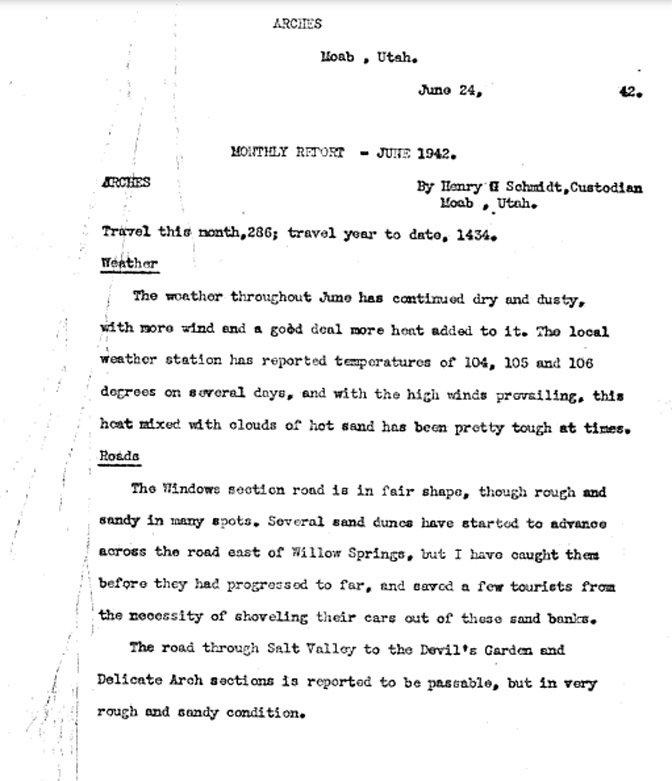
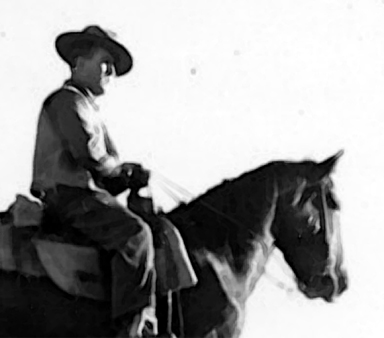
“The present world conditions that have affected travel are of course the main cause for the drop in visitation; however I can cheerfully report that for the travel year to date Arches is still ahead of travel year 1940. California and Colorado head the list of visitor origin.”
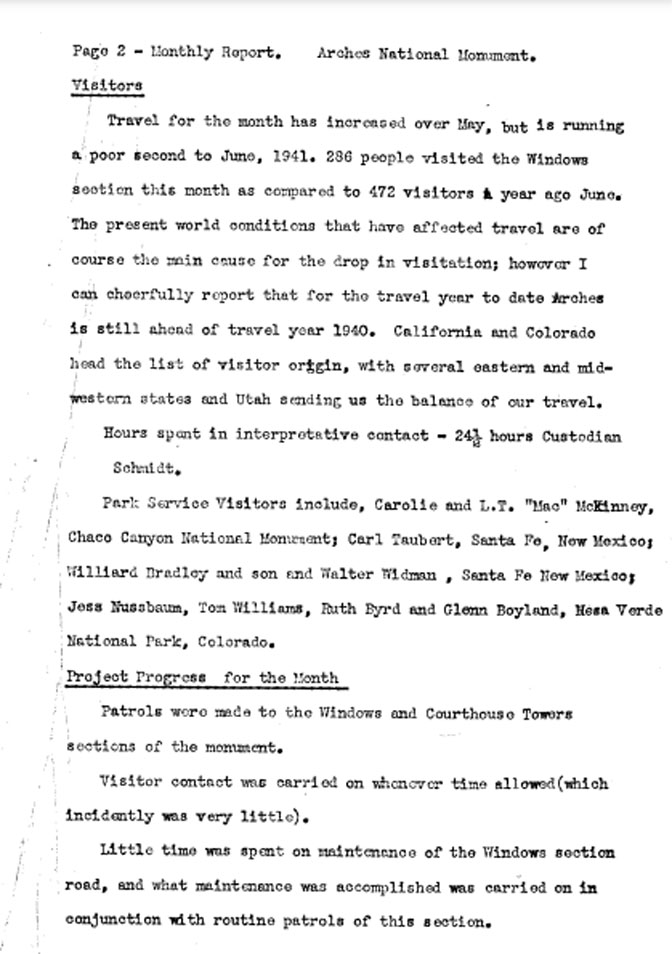
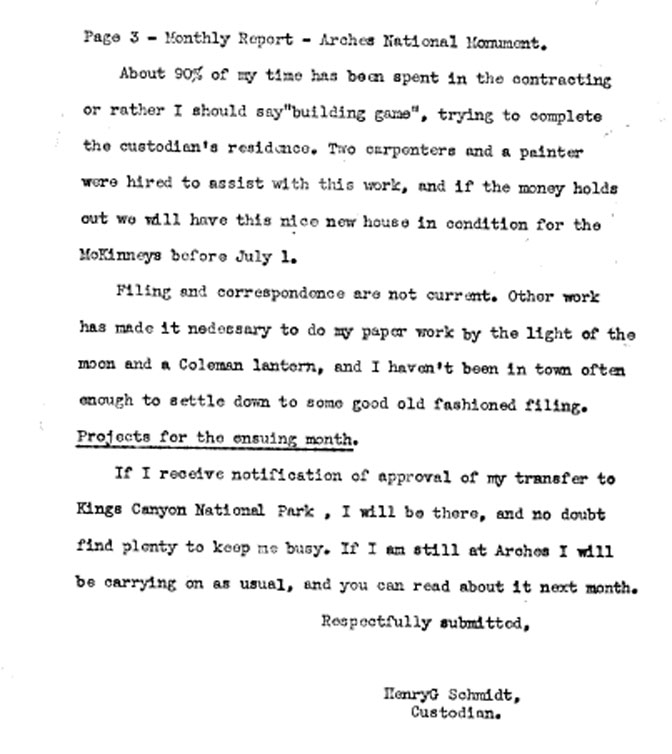
Much of Hank’s last few months were spent getting the new residence ready for his successor. The Zephyr has never seen images of the residence Hank occupied during his three years. “Visitor contact was carried out whenever time allowed (which incidentally was very little).” And finally, he said goodbye. “If I receive notification of approval of my transfer to Kings Canyon, I will be there, and no doubt find plenty to keep me busy.“
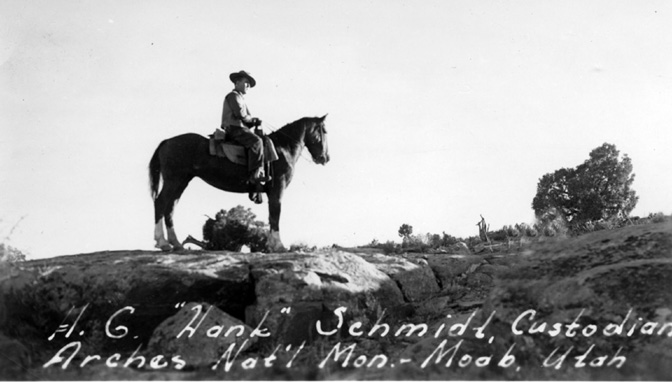
Lewis T. “Mac” McKinney filed his first monthly report on July 25, 1942. He had come from Chaco Canyon NM which, if anything was more remote and desolate than Arches. Having a town just five miles south of Monument headquarters must have felt like a luxury. Mack was born in Fannin Texas in 1906, so hot dry weather was something he was accustomed to.
He had been the Chaco custodian when a massive block of sandstone broke loose from the canyon wall and damaged part of the famous structure. It was reported in the NPS archives. The 30,000 ton rock had long ago been named “Threatening Rock,” so its collapse was not entirely unexpected. It wasn’t a matter of if but when. Mac was there when it came down.
Mac’s first report was a tad on the messy side, compared to Hank’s meticulous submissions and a bit shorter. It also appears Mac firmly believed in not wasting paper, as he often used the backside of NPS official stationary to file his reports. But he did seem to clean up his reports after the initial filing. As he noted, “most of the month has been pretty rushed for me and I don’t have much to report. We (the family moved in the new residence at Arches on the evening of July 12th, but I had to return to Chaco on the evening of the 15th, and returned to Arches on the 21st.“
While the heat was brutal, “up to 110,” Mac noted that “the water pump and water system is sure swell after fighting the one at Chaco for so many years.” It was a hot month. He closed his first report, writing, “I would like to borrow someone’s uniform, maybe Earl Johnson’s, since I have lost 19 pounds in the last 90 days. I will have to put a ruffle in my trouser waist.”
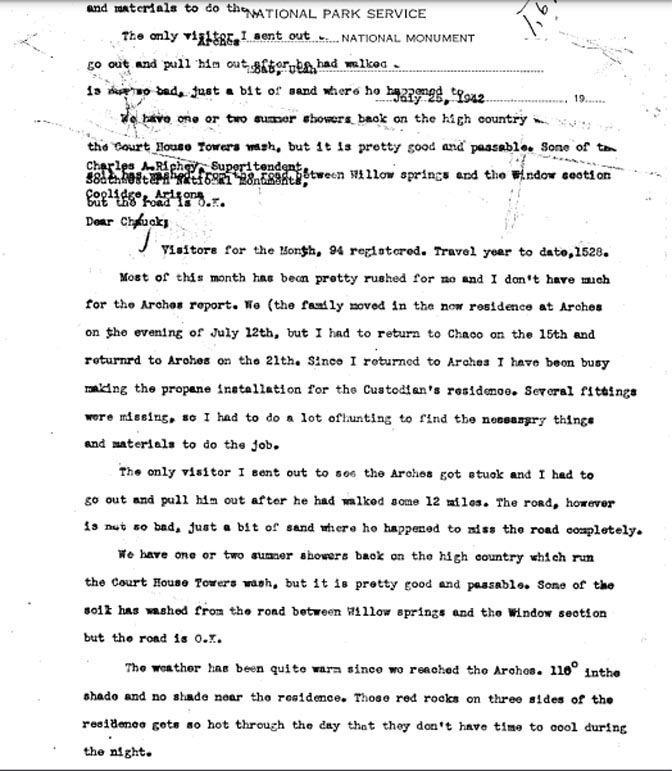
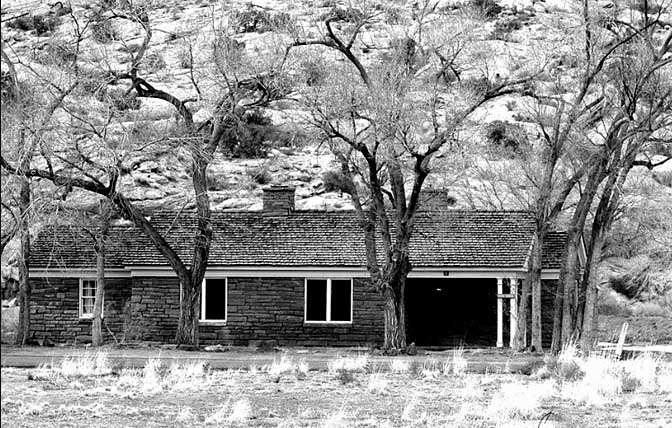
at an undisclosed location…JS
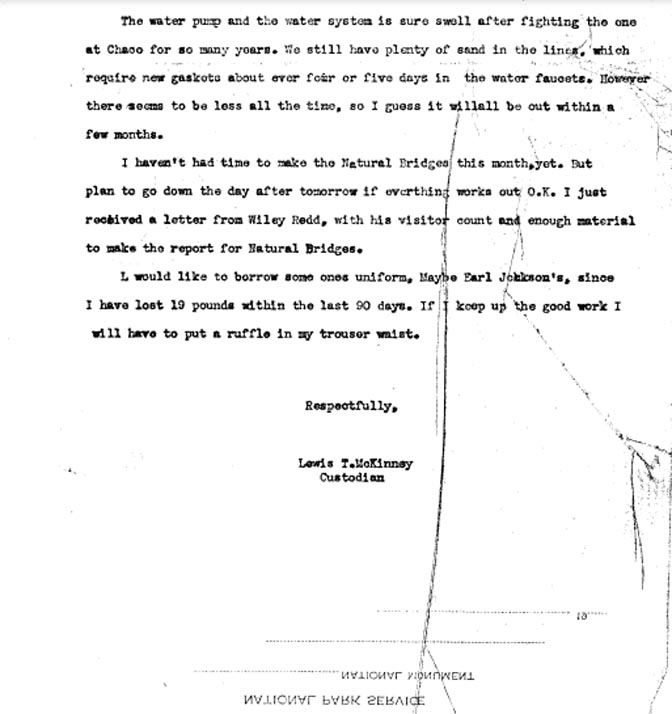
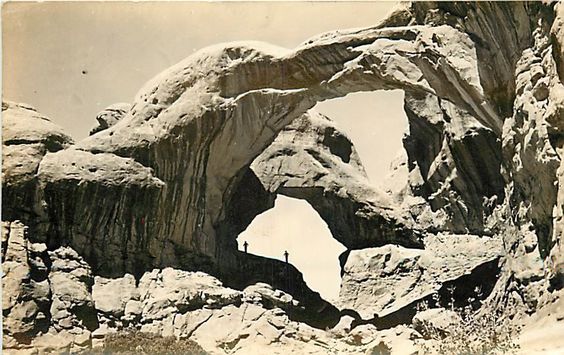
And here are Mac McKinney’s reports for September & October …We’re not sure what happened to August…
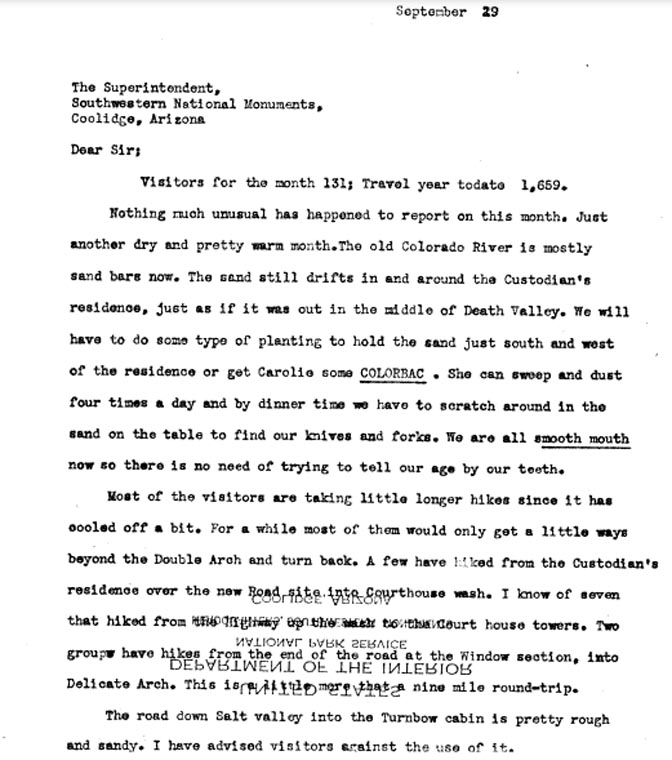
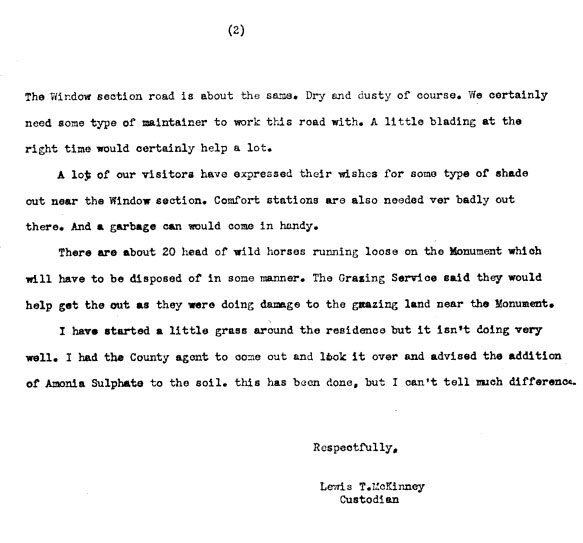
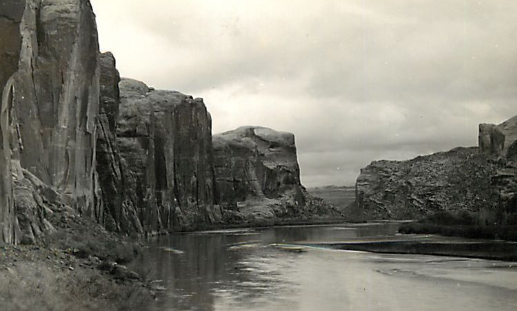
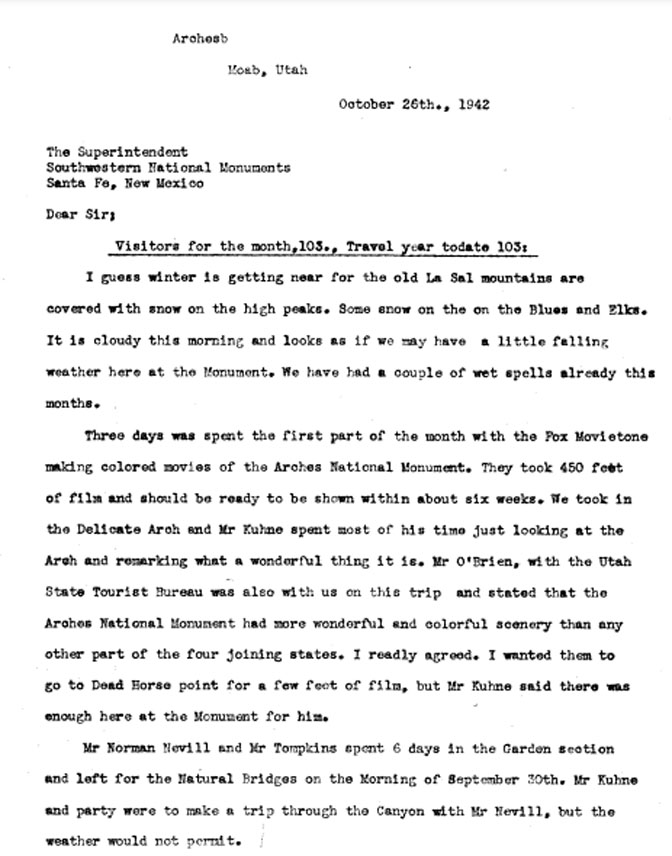
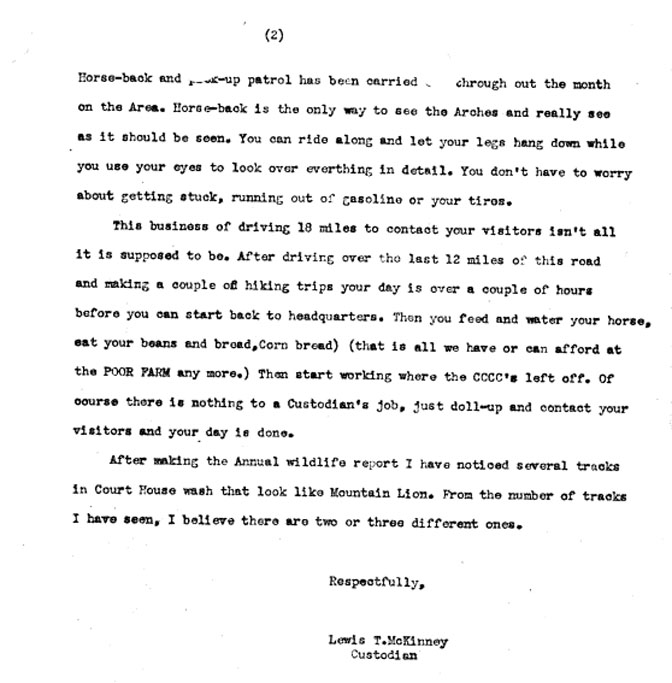
“This business of driving 18 miles to contact your visitors isn’t all it is supposed to be. After driving over the last 12 miles of this road and making a couple of hiking trips your day is over a couple hours before you can start back to headquarters. Then you feed and water your horse, eat your beans and bread, corn bread) (that is all we can afford at the POOR FARM any more). Then start working where the CCC’s left off. Of course there is nothing to a Custodian’s job, just doll-up and contact your visitors and your day is done.“
You’ll quickly see that while Mac McKinney may have been a man of few words, he said a lot with the words he used.
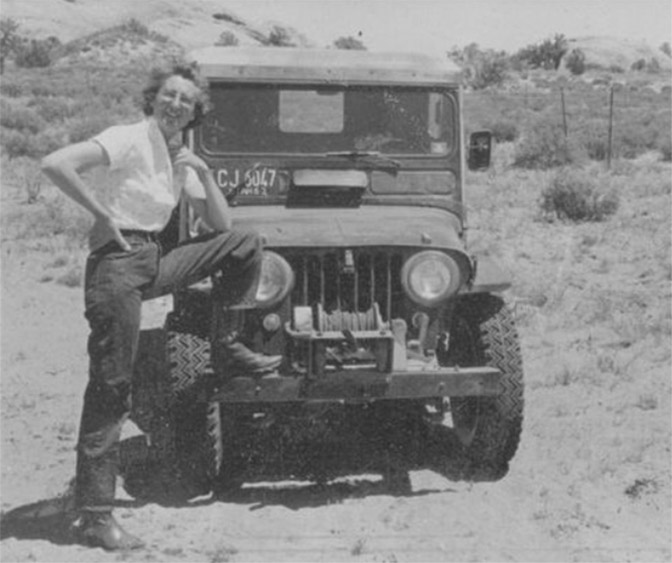
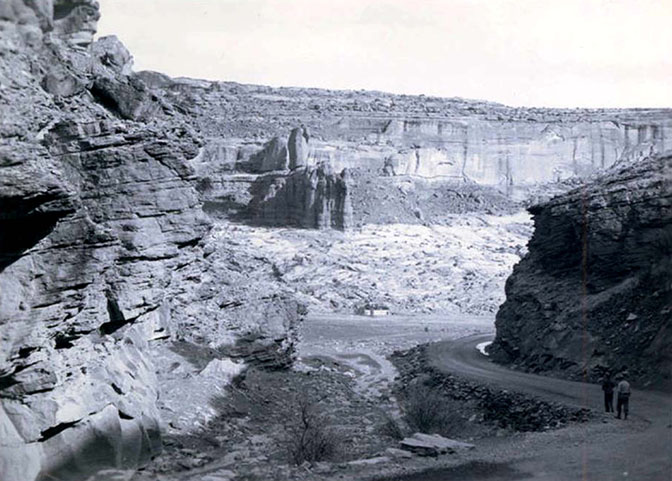
You can see the new residence in the lower center of the picture
TO COMMENT ON THIS STORY PLEASE SCROLL TO THE BOTTOM OF THIS PAGE.
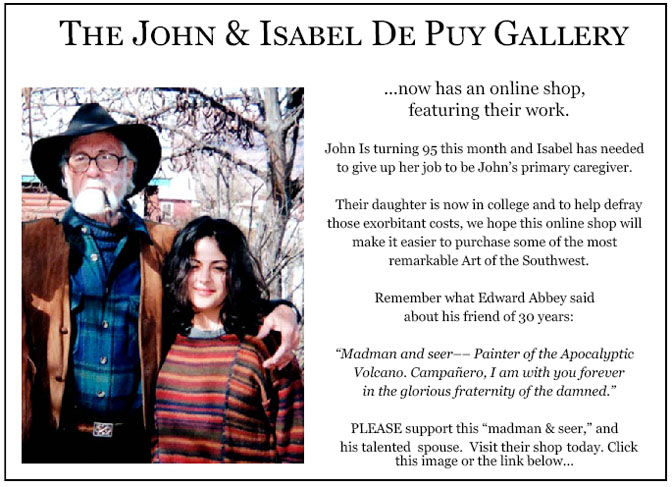
Thanks to them, our bills were almost completely covered.
Now I’d like to return the favor. Check out the link below and their online shop… JS
https://www.depuygallery.com/shop.html

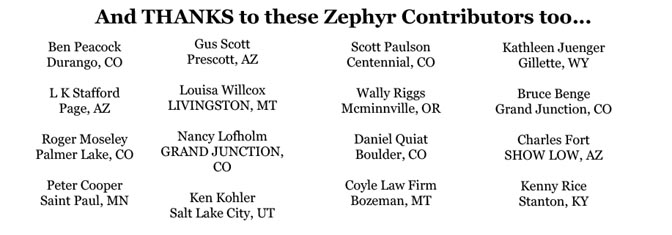

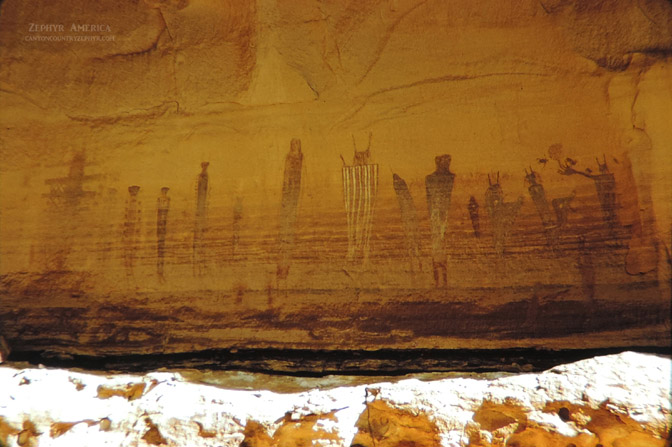
https://www.canyoncountryzephyr.com/2022/11/06/into-the-maze-w-kent-frost-ken-sleight-1965-1975-zx34-by-edna-fridley/
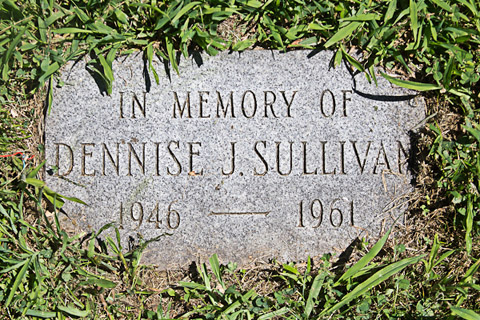
(The Unspeakable Crime & the Enduring Mystery—
Looking for Answers) by Jim Stiles
https://www.canyoncountryzephyr.com/2022/05/15/60-years-later-still-searching-for-dennise-sullivan-by-jim-stiles-zx8
(edit
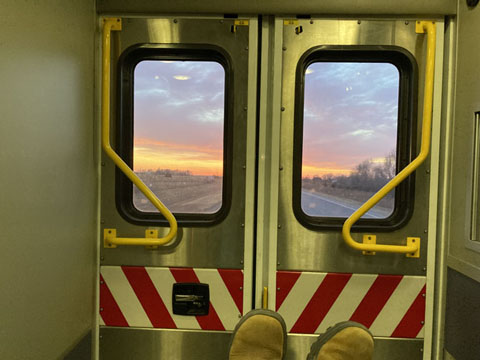
(My Recent Encounter with the Mental Health Industry
Jim Stiles
https://www.canyoncountryzephyr.com/2022/08/07/grief-meets-orwell-the-cuckoos-nest-by-jim-stiles-my-recent-encounter-with-the-mental-health-industry-zx20/
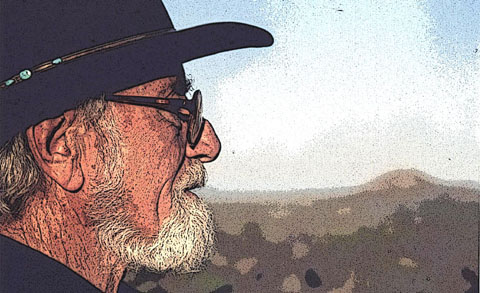
On Art, Ed Abbey, Alcohol & Anarchy https://www.canyoncountryzephyr.com/2022/10/16/the-one-only-john-depuy-on-art-ed-abbey-alcohol-anarchy-from-2006-zx31-w-jim-stiles/



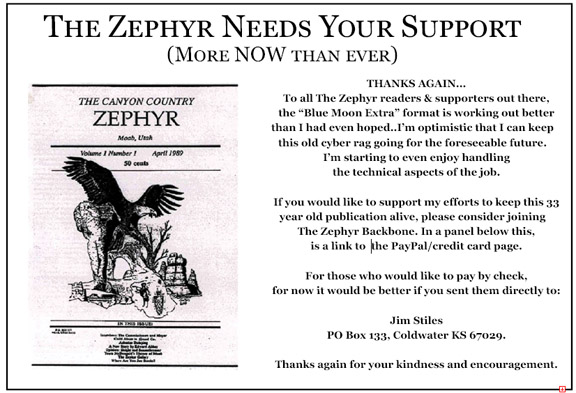
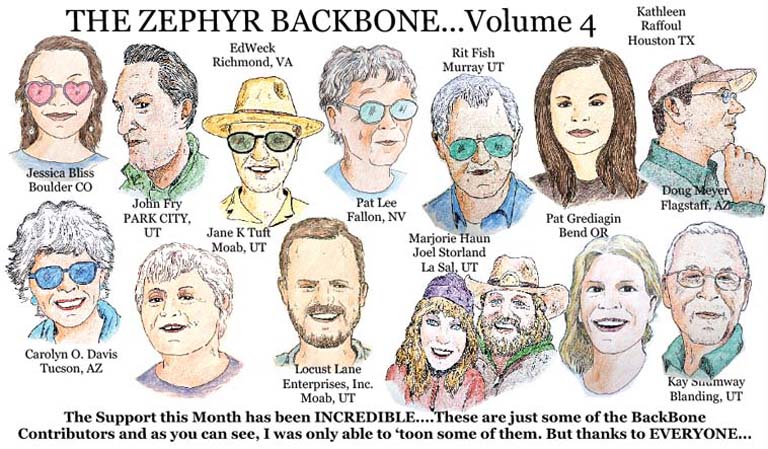

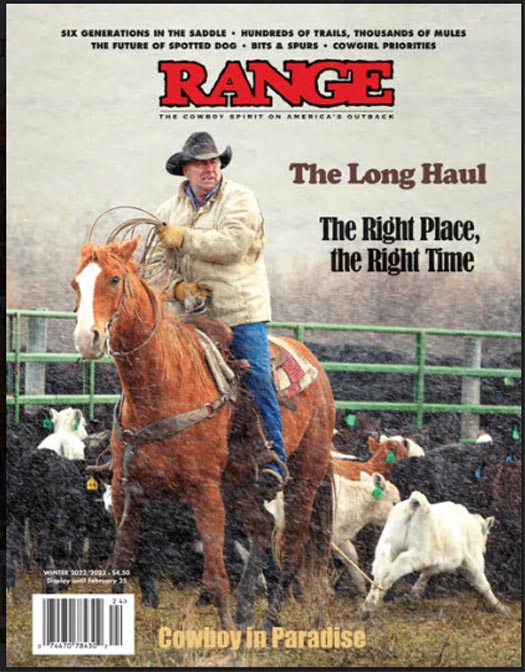



You have some great photos! Loved reading the reports! Especially the ones written on old stationary! In those days we saved on everything. And his real feeling is easily read in the comments about the “POOR FARM”! Rugged individuals those two were but getting the job done while combating heat and sand.
I really did enjoy reading this story and was transported right back to that early history of those rangers. I feel hot and sandy here in Palisade. Wish I had some photos to share. Jim, you are such a great writer.
This country really was the “Back of Beyond” not so long ago. No more.
The mention of the partial collapse of “Threatening Rock” on to Pueblo Bonito in 1952 reminded me of an article describing the successful attempt of the builders to stave off the collapse by proping up the base of the rock with earth and timber. I describe this as successful because it appears to have delayed the eventual partial collapse for centuries.
It help me gain a perspective of time, especially with natural bridges and arches.
What fun to come across a story about my Grandpa Hank. Thank you!!